The Cakewalk originated during slavery and on the plantations in the south. The sole purpose of the Cakewalk was for servants and slaves to mock their masters. The cakewalk mocked the aristocratic and grandiose mannerisms of southern high-society. Much bowing and bending were characteristic of the dance, which was more a performance than anything else. Each couple would line up to form an aisle, each pair would then take a turn at a high-stepping promenade through the others.The dancers wore their best clothing and imitated white men and women. The couples would even compete against one another at times. The dance was held at the master’s house on the plantation and he would of all people would serve as the judge. The name “Cakewalk” came from the cake that was often awarded to the winning couple.
Slaves and servants were encouraged to mock the masters to whom obedience was mandated at all other times. The dancers donned fine clothes and adopted high-toned manners, and for the length of the performance they were not slaves but the stars of the show, their racial and social standing transcended. The cakewalk managed to help overcome barriers temporarily, however, it reinforced them the rest of the time. The cakewalk’s original meaning was lost; where it had originally been black slaves attempt to mock their superiors and for a minute live in autonomy, it had come to be the bumbling attempts of poor blacks to mimic the manners of whites. The dancers were no longer joking, but were portrayed as genuinely wanting to be like the superiors.
source:
Video by Library of Congress
http://www.ragtimepiano.ca/rags/cakewalk.htm

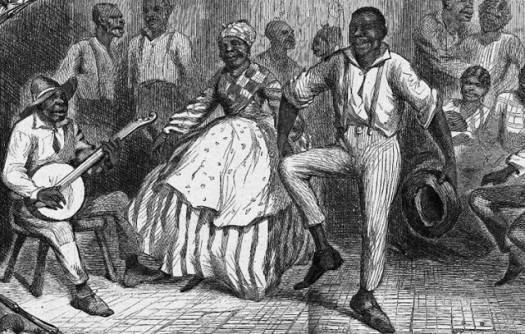









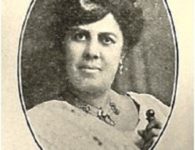
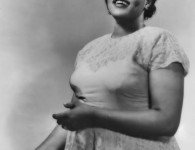
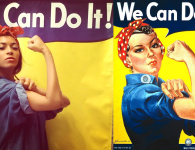

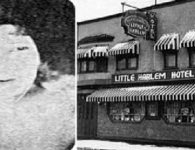
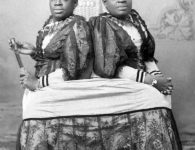
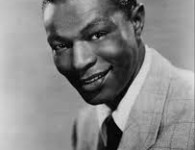

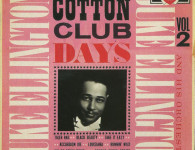

No comments